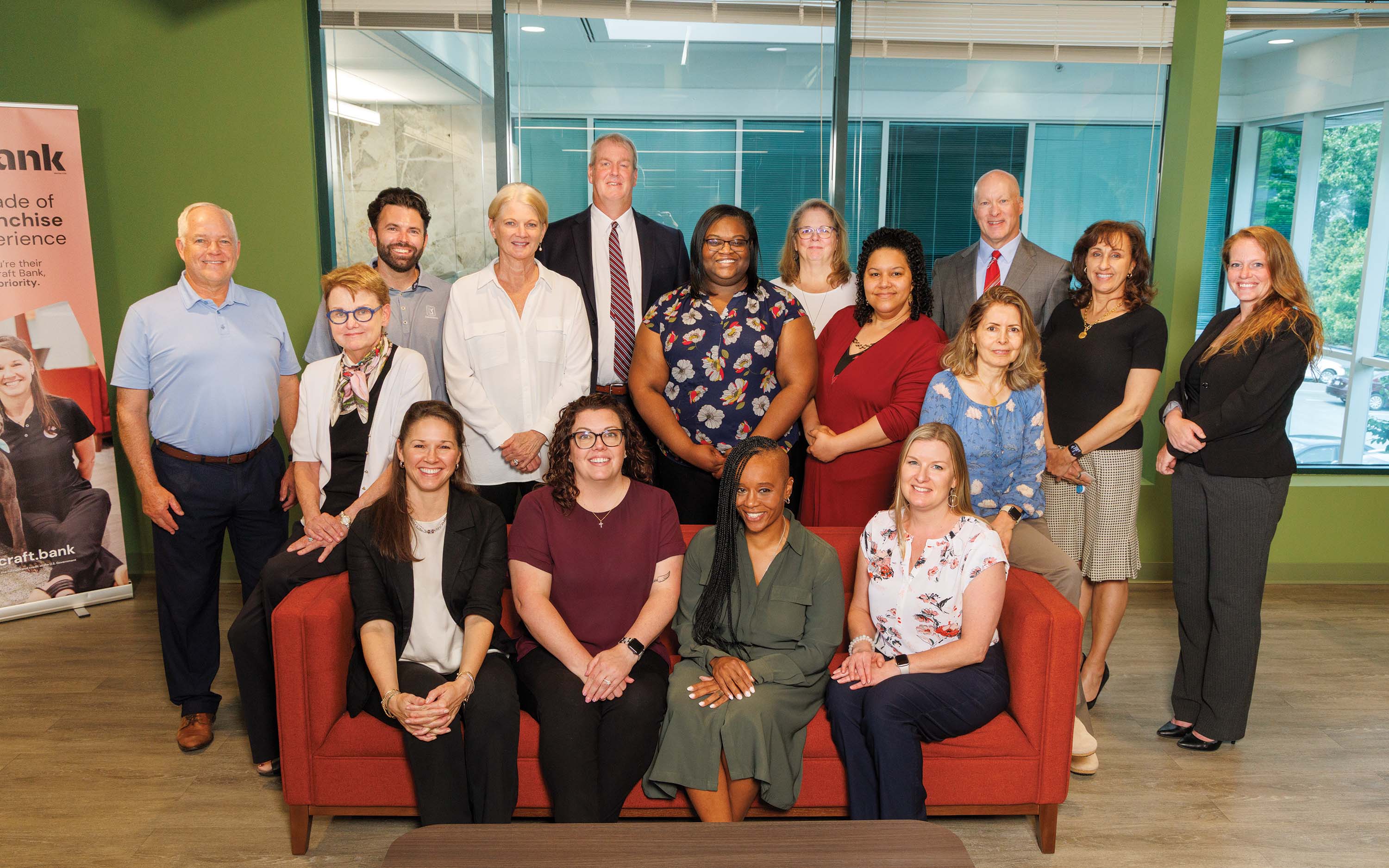
Craft Bank goes the extra mile for small businesses
A recognized commercial lender in the greater Atlanta area, Craft Bank caters to its business customers through technology, flexibility and personal service.
Georgia’s Cobb County, particularly the Marietta Square area just northwest of Atlanta proper, is undergoing a renaissance, says J. Ross Mynatt, president, CEO and cofounder of $260 million-asset Craft Bank in Atlanta. However, even with an international airport, a major university and tens of thousands of new residents on its doorstep, something vital was missing.
“There is not a bank that is headquartered in Cobb County, which is stunning, because the demographics for Cobb are off the charts,” Mynatt says.
Craft Bank saw this fact for what it was: an incredible opportunity. The community bank, whose customers are 90% commercial in accordance with its charter, was already deeply familiar with the market, and many of its employees lived in the area. But while opening a branch certainly would have worked, Craft Bank decided to take it one step further.
In June, Craft Bank opened a local segment, dubbed Access Cobb, specifically to serve small businesses in Cobb County. Not quite a branch but not quite a franchise, Mynatt describes the Access Cobb strategy as “branchizing.” It falls under the Craft Bank umbrella, with access to Craft’s solutions and tech, but it also has the agency to govern itself.
“They’re empowered and encouraged to go out and make decisions regarding pricing, regarding setting rates, regarding negotiations of terms and conditions,” Mynatt says of the Access Cobb team.
Access Cobb tailors its services—from loans and lines of credit to checking and savings accounts—to small business customers in the area.
Service enhanced by technology and flexibility
Since Craft Bank’s inception in 2020, creative solutions like Access Cobb have led the community bank to become one of the most successful commercial banks in the country, proving that it pays to offer a flexible, customized approach to business lending to Atlanta area businesses.
In the state of Georgia—the majority of Craft Bank’s lending footprint—small businesses make up 99.7% of all businesses, according to a 2025 report from the University of Georgia’s Small Business Development Center. Since 2020, the state has seen the creation of 2,182 more small businesses, adding to the already high need for small business financing.
The business landscape is quite different from when the bank was first starting, Mynatt notes, as there were only five banks headquartered within Atlanta’s perimeter back then, and some ZIP codes didn’t have any banking services at all.
“For a tech-forward, customer-centric, strategically placed community bank that’s nimble, agile and flexible, we think there’s an amazing opportunity [to serve businesses],” Mynatt says.

Strategic relationships
To assist with diversifying its loan portfolio and gain additional flexibility, Craft has partnered with fintechs and companies including Craft 1031 Solutions, Carputty and Sure Sports. For example, when the bank has excess funds, it can call any of them up, ask if they have any need and potentially fill it.
“This allows us to fill in some gaps in our portfolio or look for some higher-yielding opportunities that can fit a short-term need,” Mynatt says. “It’s almost like we can design how we grow our loan portfolio.”
Craft Bank doesn’t put itself in a credit box when selecting customers to lend to, Mynatt says, adding that its credit culture and discipline play a bigger role in its commercial lending decisions than anything else.
“We say we’ll look at anything, and as long as it’s consistent with our [credit] culture and our underwriting standards, then we can get there,” he says.
Stephanie Brown, vice president and lender at Craft Bank, adds that the community bank works with its customers and potential customers to develop loan structures that might not be available at other banks.
“That’s really where we shine—when we can look at the full picture and provide resources to that customer that they may not have elsewhere,” she says.
While Craft Bank feels confident about its lending future, Mynatt says that one of the bank’s primary concerns in the commercial lending market currently is tariffs. The team is in the process of reaching out to all of their borrowers to ask about their experience with tariffs but also, more importantly, how they’re doing generally.
Mynatt explains that Craft Bank staff puts in the extra work to help address business customers’ challenges. “Are there some things we can do to partner with [them], to help [them] meet those headwinds and overcome those challenges?” he asks. “And that could be possibly a modification of a loan or restructuring, an introduction or it could just be doing a little strategizing with them.
“The uncertainty of the current economic trends is a challenge,” he continues, “but we feel like we’re getting arms around that.”
